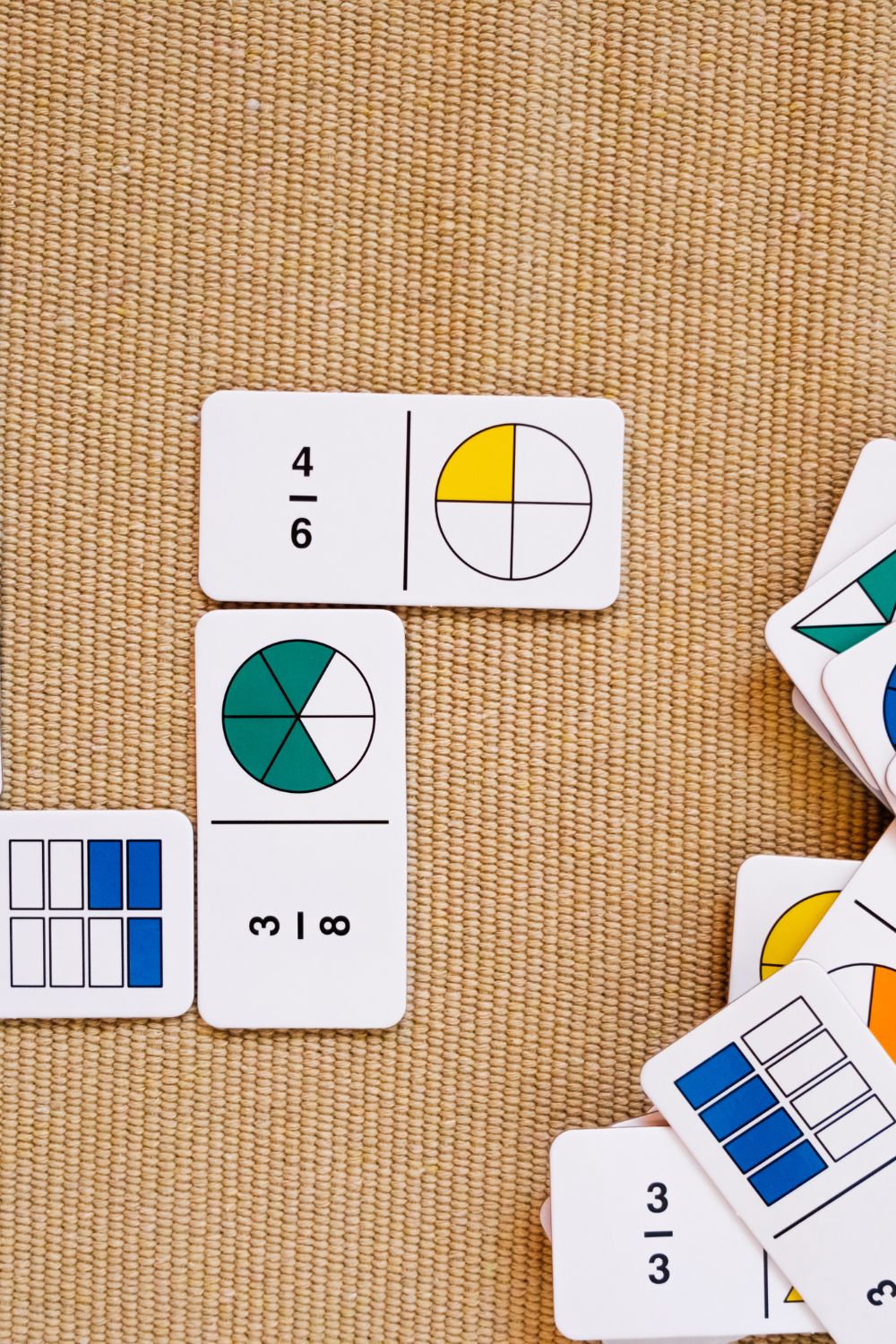Fraction Fundamentals: Practice Worksheets and Exercises
Fractions are a fundamental concept in mathematics that many students find challenging to grasp. Understanding fractions is crucial not only for success in math but also for everyday life, as we encounter fractions in various contexts, such as cooking, shopping, and measuring.
To help students master this important mathematical concept, practice math fractions worksheets and exercises play a vital role. In this blog post, we will explore the fundamentals of fractions and provide you with a collection of practice worksheets and exercises to enhance your fraction skills.
What Are Fractions?
At its core, a fraction represents a part of a whole. It is a way of expressing a quantity that is less than one whole unit. Fractions consist of two main components: the numerator and the denominator. The numerator represents the number of parts you have, while the denominator represents the total number of equal parts that make up a whole.
For example, in the fraction 3/4, the numerator is 3, indicating that you have three parts out of the four equal parts that make up the whole.
Types of Fractions
There are several types of fractions that students encounter in their math studies. Understanding these types is essential for solving different types of fraction problems. Here are some common types of fractions:
- Proper: The numerator is smaller than the denominator. For example, 1/3 or 2/5 are proper fractions.
- Improper: The numerator is equal to or greater than the denominator. For example, 5/4 or 7/3 are improper fractions.
- Mixed Numbers: Mixed numbers combine a whole number and a proper fraction. For example, 1 1/2 or 3 2/7 are mixed numbers.
- Equivalent: Equivalent fractions represent the same quantity but are written differently. For example, 1/2 and 2/4 are equivalent because they both represent half of a whole.
Operations with Fractions
To work with fractions effectively, you need to know how to perform basic operations such as addition, subtraction, multiplication, and division. Let’s briefly go over these operations:
- Addition and Subtraction: To add or subtract, you need to have a common denominator. If the denominators are the same, you can simply add or subtract the numerators. If the denominators are different, you must find a common denominator before performing the operation.
- Multiplication: To multiply, you simply multiply the numerators together to get the new numerator and the denominators together to get the new denominator.
- Division: To divide, you multiply the first fraction by the reciprocal of the second fraction. The reciprocal of a fraction is obtained by swapping the numerator and denominator.
Practice Worksheets and Exercises
Now that we’ve covered the basics of fractions and their operations, it’s time to put your knowledge to the test. Practice worksheets and exercises are invaluable tools for improving your fraction skills. Here are some worksheets and exercises to help you practice:
Worksheet 1: Adding and Subtracting
- Add the following: 1/4 + 2/5
- Subtract the following: 3/8 – 1/6
- Add the mixed numbers: 2 1/3 + 1 2/5
- Subtract the mixed numbers: 5 3/4 – 2 1/8
Worksheet 2: Multiplying and Dividing
- Multiply the following: 2/3 * 3/4
- Divide the following: 5/6 ÷ 2/5
- Multiply the mixed numbers: 1 1/2 * 2 2/3
- Divide the mixed numbers: 4 3/4 ÷ 1 1/8
Worksheet 3: Equivalent
- Find three equivalents for 1/2.
- Find three equivalents for 3/4.
- Convert the following improper fractions to mixed numbers: 7/3, 5/2, 11/4
Worksheet 4: Word Problems
- You have 3/4 of a pizza, and your friend has 1/4 of the same pizza. How much pizza do you both have together?
- If you have 1/2 cup of flour and a recipe calls for 1/4 cup of flour, how much more flour do you need?
- If you earn $12 per hour and work 2 1/2 hours, how much money will you earn?
These practice worksheets and exercises cover a range of fraction concepts and operations. By regularly practicing these problems, you can build a strong foundation in fractions and become more confident in your math abilities.
Conclusion
Fractions are a fundamental part of mathematics, and mastering them is essential for success in various academic and real-life situations. Practice worksheets and exercises are valuable tools for improving your fraction skills. Whether you’re a student looking to excel in math class or an adult wanting to sharpen your math skills, these resources can help you gain a deeper understanding. So roll up your sleeves, grab a pencil, and start practicing!


Leave A Reply!